Blue-green algae compounds can produce musty, earthy odor
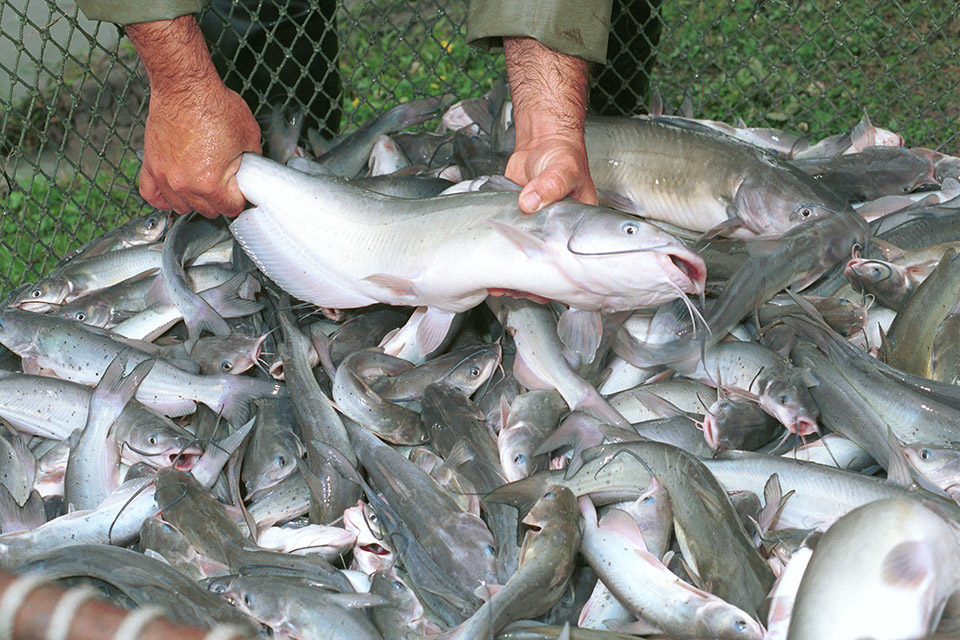
Summertime phytoplankton blooms in channel catfish ponds can contain populations of blue-green algae that produce compounds with musty or earthy odors. These compounds are absorbed by fish across their gills and deposited in fatty tissues, giving fish undesirable off-flavors. Off-flavored fish are not accepted for processing, which imposes a significant economic burden on farmers.
Off-flavor management
The most common management practice for preharvest flavor problems consists of using an algicide such as copper sulfate to kill odor-producing algae. After the source is eliminated, the odorous compound is purged or metabolized from the fish’s flesh and the off-flavor disappears.
Although uncommon in the controlled environments of aquaculture ponds, other factors can also cause off-flavors. For example, petroleum off-flavors occasionally develop in pond-raised fish when water is contaminated by accidental spills of diesel fuel or gasoline from boats, well pump engines, or farm equipment. Even very small spills of these concentrated substances can give fish a highly undesirable taint.
Off-flavor can also develop when fish eat foods containing odorous compounds. High-quality commercial feeds are formulated to avoid flavor problems and in fact are responsible for the highly desirable “nutty” and “sweet corn” flavor notes of farm-raised catfish. However, off-flavors are occasionally noted in pond-raised catfish during winter, when many farmers do not routinely feed their fish. These flavors probably develop when fish eat decaying organic matter as they forage for natural foods.
The only off-flavors that are “treatable” are those caused by algae during the summer growing season. The key to successful off-flavor management involves identifying and treating only those problems that will respond to algicides, which reduces overall chemical usage, saves money, and reduces potential adverse environmental impacts.
Off-flavor ecology
The specific causes of the various off-flavors in catfish differ from region to region because climate, water quality, and pond hydrology affect the types of algal communities that develop in ponds. The research on off-flavors conducted in northwest Mississippi and southeast Arkansas in the United States identified key observations about preharvest off-flavors in that region.
Most flavor problems in pond-raised catfish are of the musty/earthy type. Musty off-flavors are caused by the chemical 2-methylisoborneol (MIB), and earthy off-flavors are caused by geosmin. These two compounds are responsible for most summertime off-flavors in catfish, but are much less common in winter. Musty/earthy off-flavors are easy to detect by smelling or tasting freshly cooked, unseasoned fillets.
Relatively few species of blue-green algae produce MIB and geosmin. In Mississippi and Arkansas catfish ponds, MIB is produced only by the blue-green alga Oscillatoria perornata. Geosmin is much less commonly encountered and, when present, is usually produced by species of the blue-green algae Anabaena or Aphanizomenon.
Once the odor-producing algae disappear from the water, MIB and geosmin production stops, and the odorous compounds are purged from fish in a highly temperature-dependent process. The compounds are purged within days in warm water, but can take weeks to months to clear in cold water. All other commonly encountered off-flavors are slowly purged from fish at all water temperatures.
These observations can be used to develop effective management for preharvest off-flavors based on three considerations: the effect of water temperature on purging rates, the type of off-flavor, and the presence of known odor-producing phytoplankton.
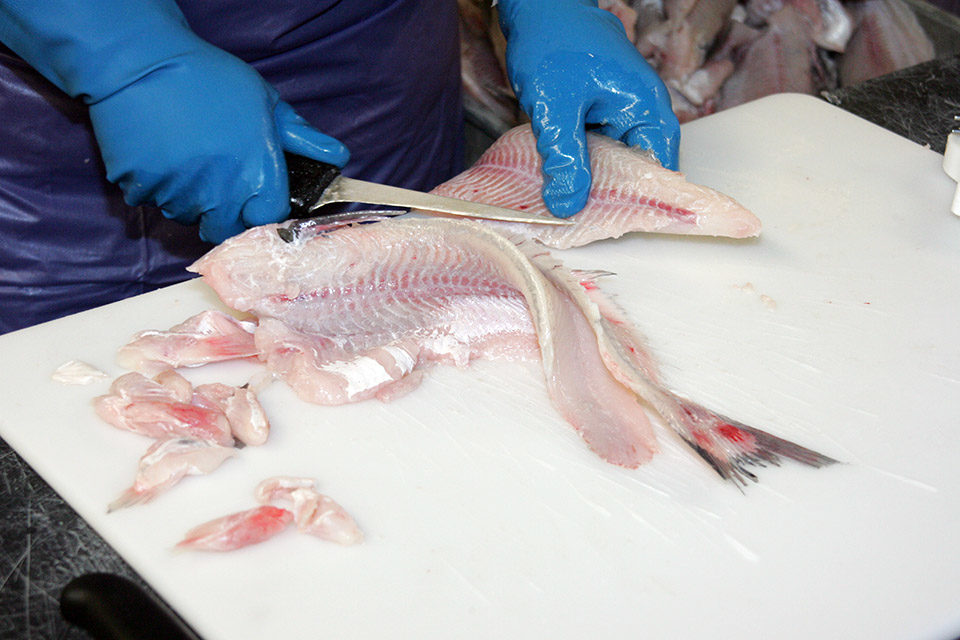
Water temperature
The common odor-producing blue-green algae do not grow in cold water. If fish are off-flavored in cold water, the odorous compounds were either produced by algae during a preceding period of warm water temperatures, or the off-flavor was derived from other sources, such as food items consumed during scavenging.
In either case, it is pointless to use algicides because there are no odor-producing algae to treat. If fish are off-flavored in cold water, the only option is resampling fish in a couple of weeks to see if flavor quality has improved. Sampling more frequently is seldom productive because off-flavors dissipate slowly in cold water.
Taste testing
When fish are off-flavored in warm water, the first step is to determine the type of off-flavor – which is simple by taste testing. Cook a small, unseasoned piece of fish fillet in a microwave oven. Smell the fillet immediately after cooking and taste a portion. MIB gives fish a musty/camphorous flavor that is difficult to describe, yet very distinctive even at low concentrations. Geosmin gives fish an earthy/moldy flavor that is somewhat reminiscent of the odor of a damp basement.
If the off-flavor is not in the musty/earthy category, wait a week or two and taste the fish again. If a musty/earthy off-flavor is present, the next step is to determine whether the odorous compound is being actively produced in the pond by examining the water for odor-producing algae.
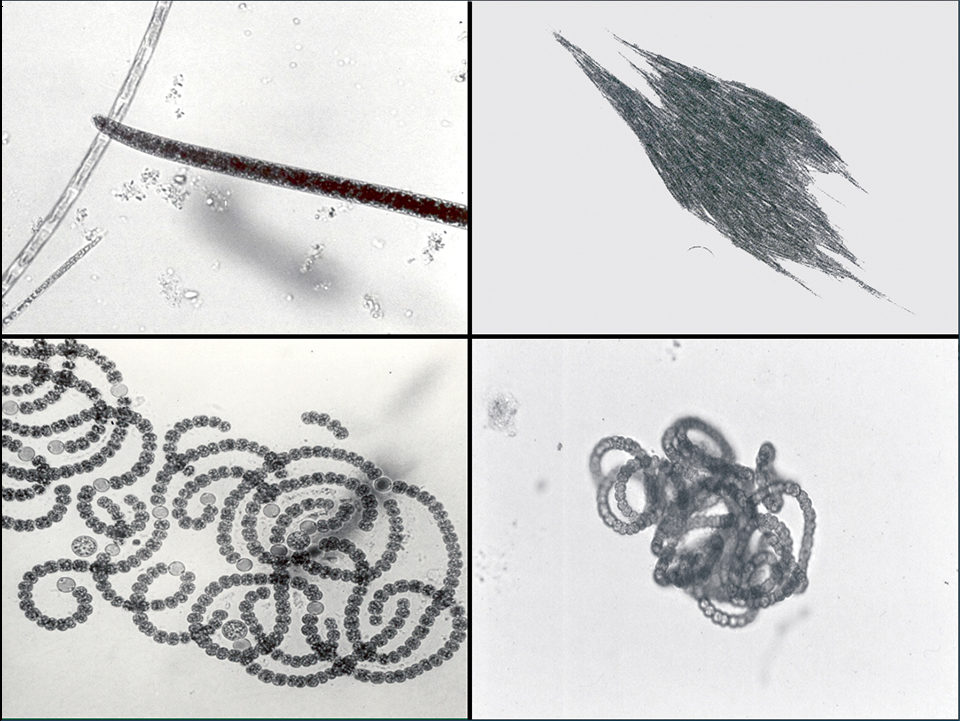
Microscopic examination
Fish pond phytoplankton blooms continuously change. Populations of odor-producing algae seem to appear from nowhere, persist for days or months, and then disappear. Blooms of odorous algae may never be found in some ponds, but occur several times every year in other ponds. The only way to know what algae are present is to examine the pond water under a microscope.
Common odor-producing blue-green algae in northwest Mississippi and southeast Arkansas are easy to identify microscopically. The blue-green alga Oscillatoria perornata is a free-floating, straight filament that is slightly bent and gradually tapered at one end. With filaments 7-12 µm wide and up to 500 µm long, Oscillatoria perornata is relatively large compared with most other filamentous blue-green phytoplankton. O. perornata cells contain many gas-filled vesicles that make the filament look dark and grainy when viewed under a microscope.
Members of the genus Anabaena are easy to recognize, although it is difficult to differentiate geosmin-producing species from those that do not produce geosmin. The microscopic filaments of Anabaena are free-floating, straight or coiled, and consist of a series of spherical or barrel-shaped cells that look like a string of beads. Individual filaments of Aphanizomenon somewhat resemble straight filaments of Anabaena, but filaments usually lie parallel in free-floating bundles or flakes.
If fish have musty/earthy off-flavors and O. perornata, Anabaena, or Aphanizomenon are seen under the microscope — even in very low numbers — then musty/earthy compounds are being actively produced in the pond. Treating the pond with the proper approved algicide will kill the odorous algae and allow fish to purge the off-flavor.
If fish have musty/earthy off-flavors, but odor-producing algae are not present, the algae that produced MIB or geosmin recently disappeared from the pond as part of the natural cycle of the bloom. In this case, the off-flavor will rapidly disappear from fish without needing to treat the pond. Fish should be sampled for flavor quality daily, because musty/earthy off-flavors usually disappear from fish rapidly in warm water.
(Editor’s Note: This article was originally published in the September/October 2007 print edition of the Global Aquaculture Advocate.)
Now that you've reached the end of the article ...
… please consider supporting GSA’s mission to advance responsible seafood practices through education, advocacy and third-party assurances. The Advocate aims to document the evolution of responsible seafood practices and share the expansive knowledge of our vast network of contributors.
By becoming a Global Seafood Alliance member, you’re ensuring that all of the pre-competitive work we do through member benefits, resources and events can continue. Individual membership costs just $50 a year.
Not a GSA member? Join us.
Author
-
Craig S. Tucker, Ph.D.
National Warmwater Aquaculture Center
Mississippi State University
P.O. Box 197
Stoneville Mississippi 38701 USA[117,100,101,46,101,116,97,116,115,115,109,46,99,101,114,100,64,114,101,107,99,117,116,99]
Tagged With
Related Posts
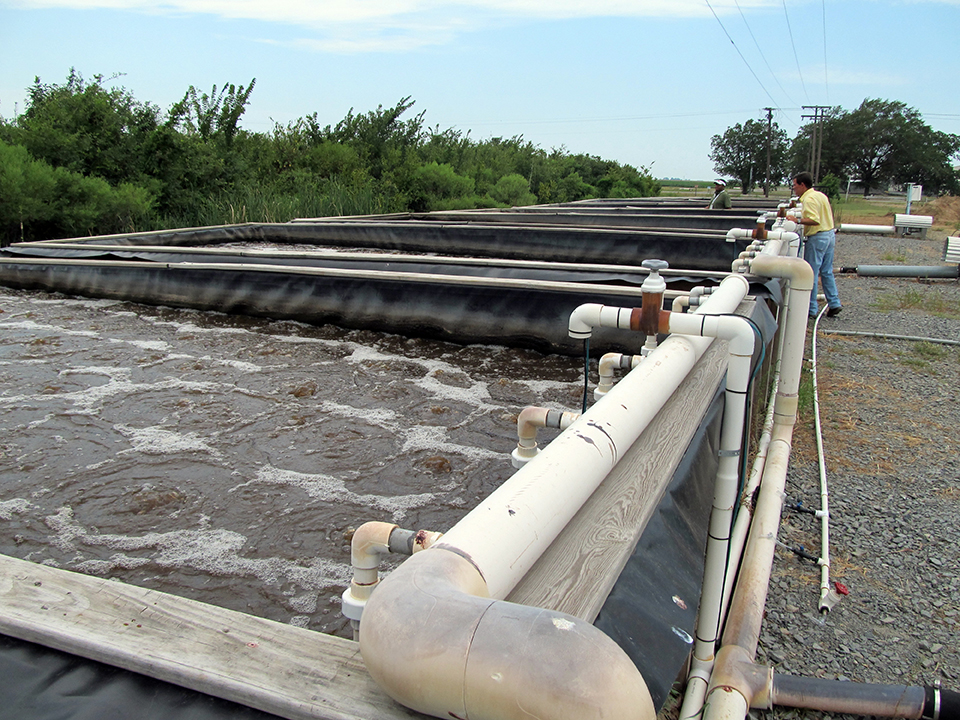
Health & Welfare
Biofloc technology reduces common off-flavors in channel catfish
In studies that used biofloc systems to culture channel catfish, culture tanks were susceptible to episodes of geosmin and 2-methylisoborneol and subsequent bioaccumulation of off-flavors in catfish flesh.
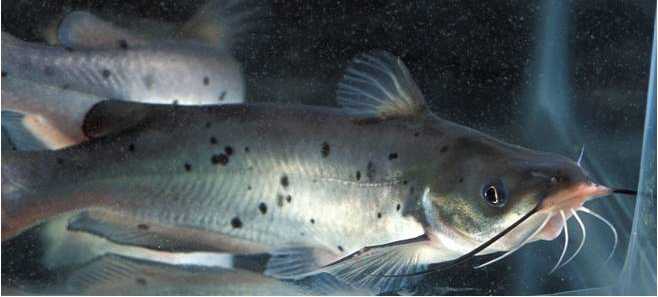
Health & Welfare
Essential oils enhance fillet composition of channel catfish
Lab studies with channel catfish and rainbow trout have found that phytogenic feed additives like essential oils can help improve weight gain, feed conversion and immunity to disease.
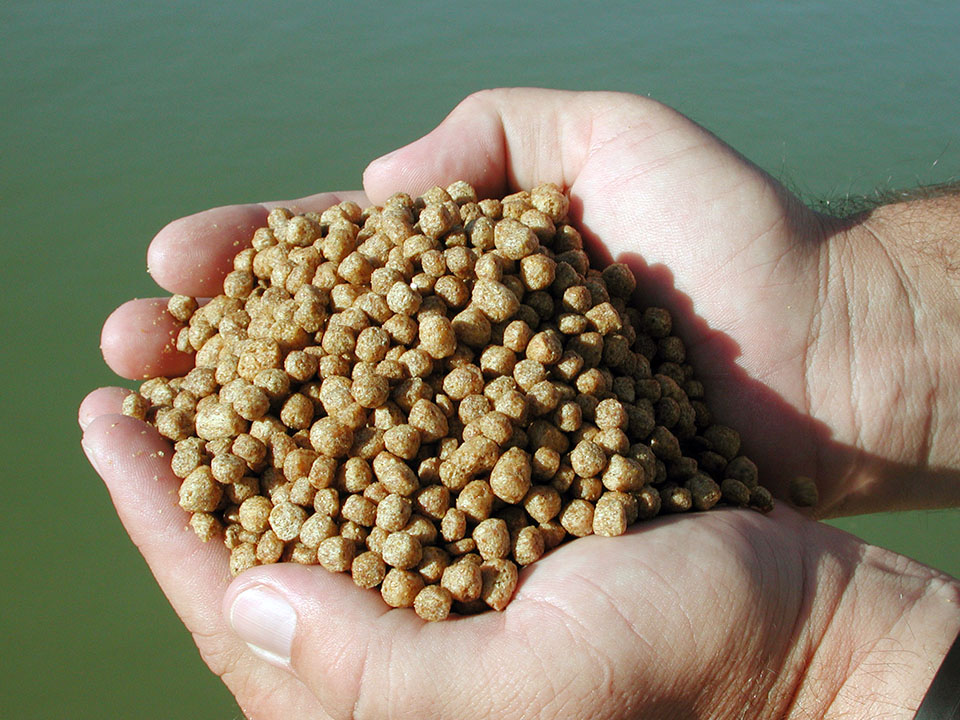
Health & Welfare
Oligosaccharide levels in soy meals don’t affect channel catfish performance
A laboratory study compared conventional soybean meal (CSBM) and low-oligosaccharide soybean meal (LOSBM) as the main protein sources in 28 percent or 32 percent protein diets for channel catfish.
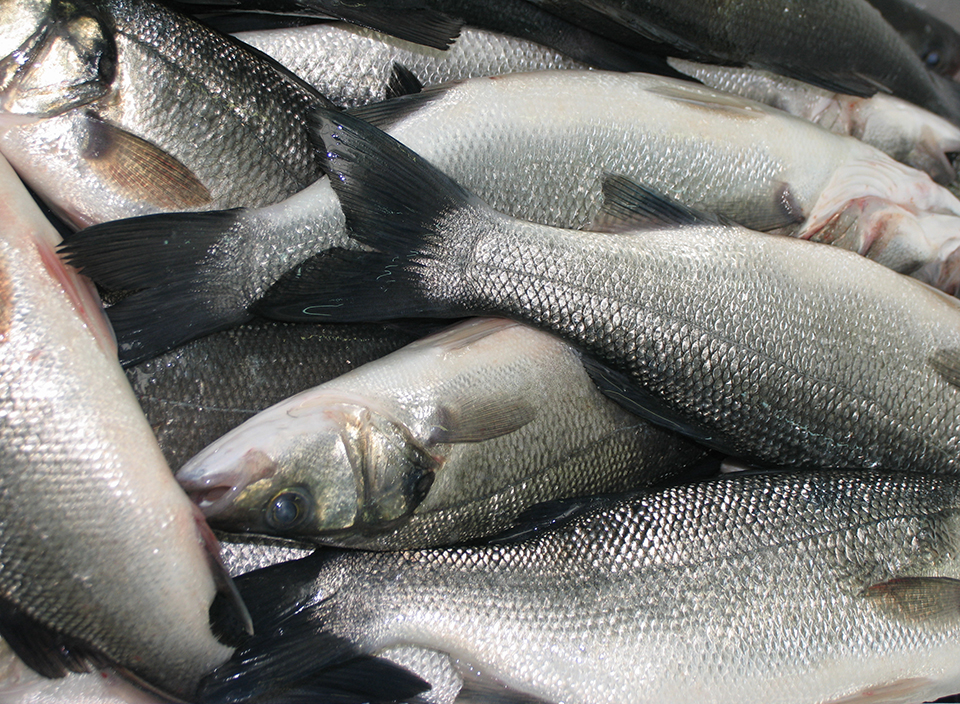
Health & Welfare
Prebiotics, probiotics provide alternatives to antibiotics
As the demand for aquaculture products increases, so does the search for environmentally friendly alternatives to antibiotics. Alternatives to antibiotics include dietary prebiotics, probiotics and synbiotics.


